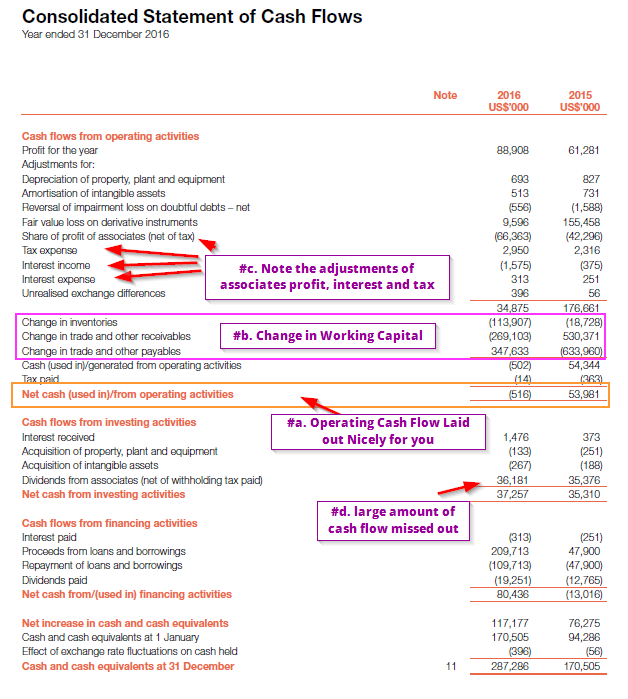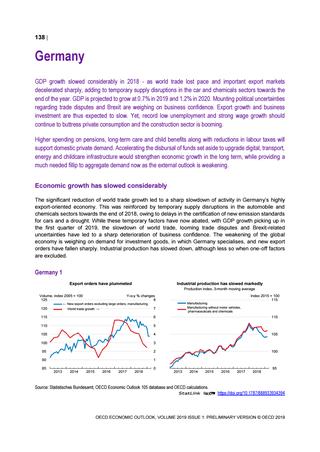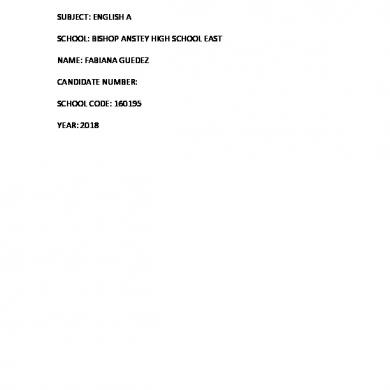

If it is issued by an individual, then it is referred to as a trade draft1. For instance, when person ‘A’ exports goods to person ‘B’ on credit of INR 10,000 for three months. To ensure payment on the due date, ‘A’ draws a Bill of Exchange to ‘B’ for INR 10,000 payable after the time period. Before it is accepted by ‘B’, it will be called a draft. Once ‘B’ writes the word ‘accepted’ with a signature, the draft becomes a Bill of Exchange. The Negotiable Instruments Act, 1881 is a significant law that governs the use of negotiable instruments in India.
Certain Parties – The instrument must point out with certainty the maker and the payee of the promissory note. # By usage – Bank notes, bank drafts, share warrants, bearer debentures, dividend warrants, scripts and treasury bills. Any person who is capable of entering into a contract under the law i.e., anyone above 18 years of age can be bound by making or accepting a negotiable instrument.
It is always presumed that the holder of the instrument is the holder in due course until otherwise has been proved. Therefore, handing over an instrument to someone for safe custody does not amount to negotiation. Because the transfer was not made with the intention to pass the title. An issuer of this instrument who receives the payment. Order of payment and its amount should be defined.
What is the meaning of bill exchange?
bill of exchange, also called draft or draught, short-term negotiable financial instrument consisting of an order in writing addressed by one person (the seller of goods) to another (the buyer) requiring the latter to pay on demand (a sight draft) or at a fixed or determinable future time (a time draft) a certain sum …
A bill of exchange is always in writing and is drawn by a drawer who must always sign the instrument. Endorsement – The holder, by signing on the back of the instrument, could transfer the ownership. Holder in due course – A Holder in due course is not the same as a holder. A holder in due course is a person who gets the instrument for consideration.
Banking Laws Articles
When a drawer dishonors a bill of exchange, notice is served to every party involved in the relevant transaction. These are issued by debtors and contain their stamp and signature along with a predetermined date for payment and a fixed amount. His is the debtor who promises to pay a specific sum to its creditor. Agreed upon by both promisor and promisee for payment of an agreed sum of money. The most important feature of Promissory Note is, once it is drawn by the debtor, it need not be accepted by the creditor.
We can use negotiable instruments for international trades. These instruments can either be negotiable or non-negotiable. But they must come under one of the two categories.
Further you can also file TDS returns, generate Form-16, use our Tax Calculator software, claim HRA, check refund status and generate rent receipts for Income Tax Filing. Amount of money to the bearer or assignee at a specified date or on being demanded. The amount that is required to be paid must also be specified in the bill. V. The name of the person on whom the bill is drawn must be specified in the bill itself. The order to make the payment must be unconditional.
Documentary Bill:
Most individuals and businesses resort to the use of negotiable instruments like cheques instead of cash. This has led to the popularity of the concept of “cheque bounce” in recent times. Nonetheless, the study of bill of exchange and promissory notes is equally important. These instruments have a clear mention of certain terms and create a legal obligation upon the person who ought to make payment.
It is mostly used in international trade to help importers and exporters fulfil their transactions. A bill of exchange however is different from a contract but can be used by the parties involved to specify the terms and conditions of a transaction. Although bills of exchange are similar to the promissory note, many differences exist between them. Bill bill of exchange and promissory note of exchange is also defined in Section 2 of the Indian Stamps Act, 1899 and the bill of exchange payable on demand has been explained in Section 2 of the Indian Stamps Act, 1899. These are the instruments which are broadly used for international trade. These instruments are freely transferable by one person to another person any number of times.
Negotiable Instruments – Meaning, Types & Uses
The person on transfer of the negotiable instrument also becomes entitled to the money and the right to further transfer it. Negotiable instruments are documents that are exchangeable and have a monetary value which is two of their main characteristics. The negotiable instruments and all their aspects are governed by the Negotiable Instruments Act, 1881 in India. This Act defines these instruments and has provisions for each type of them individually. Negotiable instruments must contain important information such as the date, the signature of the payer, the principal amount and also the interest rate. A promissory note is an instrument in writing, not being a bank note or currency note containing an unconditional undertaking signed by the maker to pay a certain sum of money only to or to the orderof a certain person.
- A bill of exchange enables the buyer to buy goods on credit and pay after the period of credit.
- A promissory note is an instrument in writing, not being a bank note or currency note containing an unconditional undertaking signed by the maker to pay a certain sum of money only to or to the orderof a certain person.
- To look at it another way, negotiable instruments are documents that ensure payment to the assignee (the person to whom it is assigned/given) or to a specific person.
- This article broadly discusses negotiable instruments, and the difference between promissory note and bill of exchange .
To illustrate, X has promised to pay Y a certain amount of money at a specified date, in the future that can be used by Y to pay his debt to Z. This ‘negotiability’ of instruments is possible with the development of numerous negotiable instruments. In India, the negotiable instruments are governed by the Negotiable Instruments Act of 1881. This Section also provides that no one apart from the Reserve Bank of India or the Central Government can make or issue a promissory note articulated to be payable or demanded or after a definite time. Similar to a promissory note, it is an unconditional order.
A bill of exchange can be made payable on demand to a person. It can be made payable after a specified period. On a promissory note, the credit is properly documented and thus, can be used as evidence while seeking a judgment in court if any conflict arises between the debtor and the creditor. Ram is the drawer who promised to pay a sum of Rs. 10,000 to Priya, the drawee or payee. If Priya endorses this promissory note in favour of Akshay, then Akshay will become the payee. Similarly, if Priya gets the promissory note discounted from the bank, then the bank will become the payee.
Essentials or Characteristics of a Promissory Note:
Thus, negotiable instruments play a major role in the trade world. Bill of Exchange is the most commonly used negotiable instrument and is also the most complex of all. In simple words, it is a document ordering a person addressed in the bill to pay a certain amount of money to someone else.
The main purpose of such transfer is to make the transferee of the instrument the holder thereof. Thus, it is the procedure by which a third party is made the holder of the instrument, giving him the possession and the entitlement to receive the sum of money in his own name. A negotiable financial instrument issued by a creditor directs a debtor for payment. These payments must be made when it is demanded by its creditor or by a predetermined date. Drawer – Drawer is the one makes the bill of exchange or cheque.
It must contain an order to pay and not a promise or request. No specific form of words is necessary for endorsement. This is the general principle relating to transfer of property is that no one can become the owner of any property unless he purchases it from the true owner or with his authority.
What is bill of exchange and example?
A bill of exchange is of real use if it is accepted by the person directed to pay the amount. For example, X orders Y to pay ₹ 50,000 for 90 days after date and Y accepts this order by signing his name, then it will be a bill of exchange.
Under Section 31 of the Reserve Bank of India Act a promissory note cannot bemade payable to bearer. Bills of exchange is a written document showing the indebtedness of the debtor towards the creditor. It is the creditor who makes the bill of exchange. Whereas, a promissory note is a written promise by the debtor, to pay the specified amount of money on a specified date. These instruments are easily transferable, and the holder of the instrument can take the amount, or use it for another transaction in an appropriate manner. Section 4 of the Negotiable Instrument Act, 1881 defines ‘promissory note’.
It directs to make payment of a defined amount to order of certain person or to the bearer of the instrument. It is necessary for the Bill of exchange to be in writing. A negotiable instrument is a piece of paper which entitles a person to a sum of money and which is transferable from person to person by mere delivery or by endorsement and delivery. The person to whom it is so transferred becomes entitled to the money also to the right to further transfer it.

Another advantage of a promissory note is that it clearly mentions all the terms and conditions, including the terms in case of default of payment to prevent unnecessary confusion and disputes. If the drawer has endorsed the bill in favour of its creditor, then the creditor will become the payee. The amount to be paid is payable either on-demand or on the expiry of the time mentioned in the draft. While a bill of exchange can have different entities as its drawer, drawee, and payee; it can also have one entity serving as its drawee and payee. No notice served to the drawer in case of dishonouring the instrument. The main shortcoming of a promissory note is that it is not apt for situations that are complex and have extensive terms and conditions.
A Bill of Exchange is an order from the creditor to the debtor to pay a specified amount. On the other hand, a promissory note is an instrument containing an unconditional undertaking signed by the maker. The Negotiable Instruments Act, 1881 provides for the legal recognition of negotiable instruments and the rules for their use. The Act also provides for the legal framework for disputes related to negotiable instruments. In the case of State Bank of India vs. Gangadhar Ramchandra Panse, the court held that a promissory note must contain an unconditional promise to pay a specific amount of money. If the promise is conditional, the document will not be considered a promissory note.
Which instrument is promissory note or bill of exchange?
“Bill of exchange”.—A “bill of exchange” is an instrument in writing containing an unconditional order, signed by the maker, directing a certain person to pay a certain sum of money only to, or to the order of, a certain person or to the bearer of the instrument.
